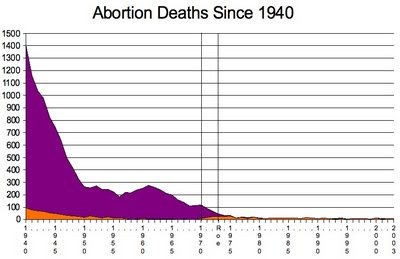During the 1940s, while abortion was still illegal, there was a massive drop in maternal mortality from abortion. The death toll fell from 1,407 in 1940, to 744 in 1945, to 263 in 1950. Most researches attribute this plunge to the development of blood transfusion techniques and the introduction of antibiotics. Learn more here.

On February 23, 1928, 26-year-old waitress Martha Watson, a Wisconsin native, died in Chicago from an illegal abortion. The person or persons responsible were never identified or prosecuted.
On February 23, 1917, 28-year-old Miss Bertha Dombrowski, who worked as a maid, died at Chicago's Garfield Park Hospital from a uterine perforation caused by an abortion performed by an unknown perpetrator.
Newlywed Helen Long died at her Chicago home on February 23, 1916. Two doctors who had been providing care to her contacted the police. It seems that Helen and her husband, physician Lester Long, were dismayed by gossip about Helen's premature baby bump, so Lester had made three attempts to ward off the impending embarrassment, getting rid of the baby but also killing his wife. News coverage painted a pathetic picture of the young man, so distraught at his wife's death that it took the police five minutes to calm him down enough to tell him he was under arrest. He reportedly was seen while in jail pacing his cell, weeping and crying out, "Can she live? Can she live?" Lester was held by the Coroner and indicted by a Grand Jury on March 15, but the case never went to trial.
Note, please, that with overall public health issues such as doctors not using proper aseptic techniques, lack of access to blood transfusions and antibiotics, and overall poor health to begin with, there was likely little difference between the performance of a legal abortion and illegal practice, and the aftercare for either type of abortion was probably equally unlikely to do the woman much, if any, good. For more information about early 20th Century abortion mortality, see Abortion Deaths 1910-1919.
No comments:
Post a Comment